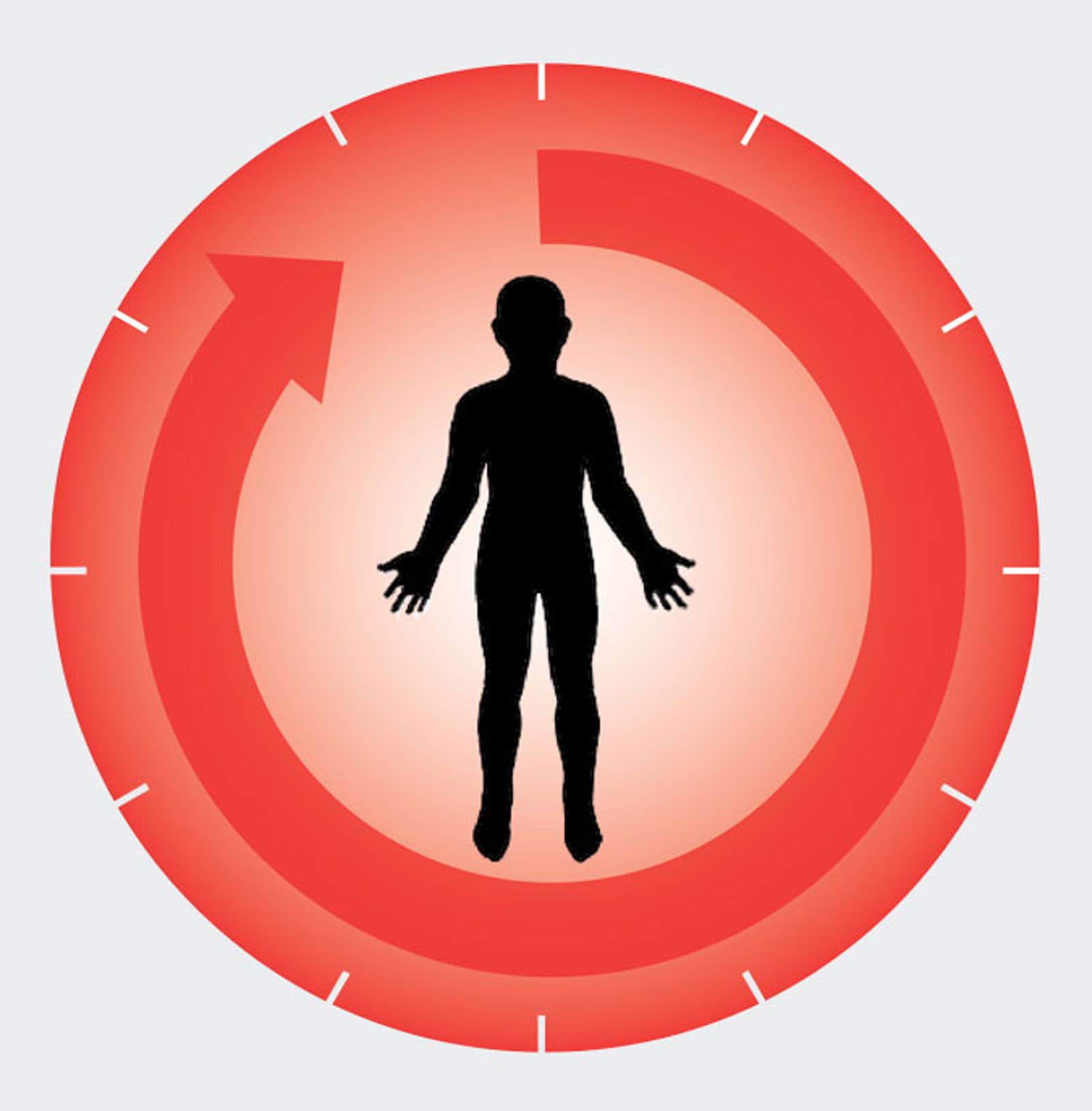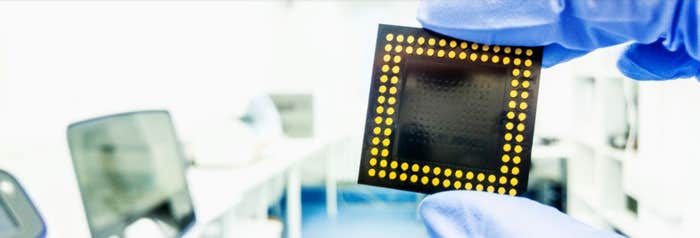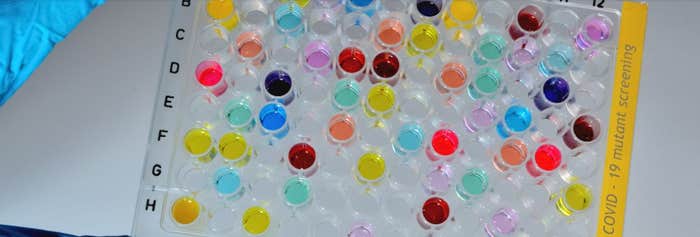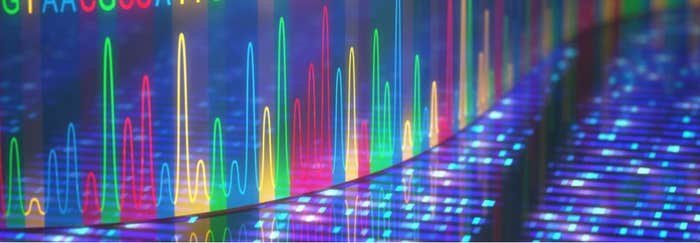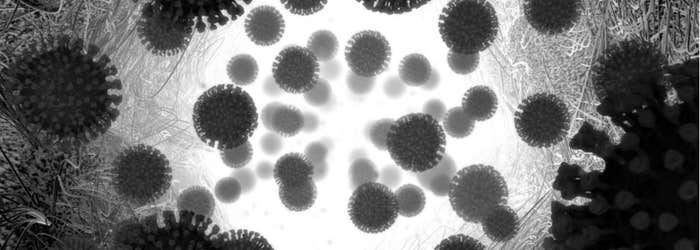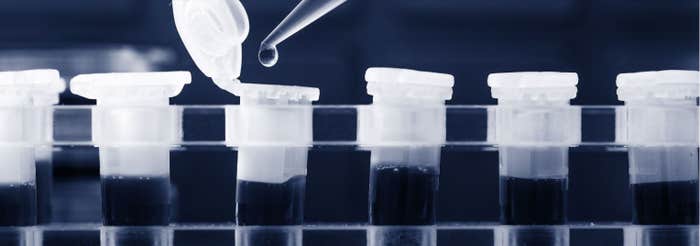Night shifts. Jet lag. Disturbed sleep. Far from causing just drowsiness, these have a more profound effect. That’s because they disrupt our circadian clock, so called because it synchronizes biological processes to the earth’s 24-hour rotation and, in turn, governs the basic chemical mechanisms of our body. The clock controls when thousands of genes turn on and off, and these in turn synthesize proteins that operate the machinery of a cell. Every cell has its own clock, and the clocks control different genes in different cell types. Life is, in effect, a marvelously intricate clockwork process—in bacteria, in fungi, in plants, in insects, and in animals. In humans and likely in other animals, there is a central clock in the brain which is influenced by light and which synchronizes all the other clocks throughout the body. So when the clock is disrupted or when it doesn’t work right, we feel the effects in every tissue and organ.
It may seem strange that such a fundamental biological process still lies outside our understanding, but that’s the case. Research in bacteria, fruit flies, plants, and mice has shed some light on the clock. We know that in mammals it has four central components, four clock proteins and the genes that synthesize them, which are interconnected in a feedback loop with a “positive” arm and a “negative” arm: The proteins turn the genes on and off, which in turn dictate the levels of the clock proteins, such that the levels of the clock proteins fluctuate in an intricate dance. Think of it as the biochemical equivalent of a two-pendulum grandfather clock. Only in this case, each swing of the pendulum influences a whole swath of other genes and sets in motion other essential processes, such as the process—which takes exactly 24 hours—by which mammalian cells divide and replicate themselves, or by which photosynthesis occurs in plants. The clock seems to be as old as life itself. Even ancient bacteria have a clock. The specific clock proteins found in people are also found in all animals—from bees to lizards to whales—showing how closely conserved the mechanism has been throughout hundreds of millions of years of evolution and thus how central it is to all living things.
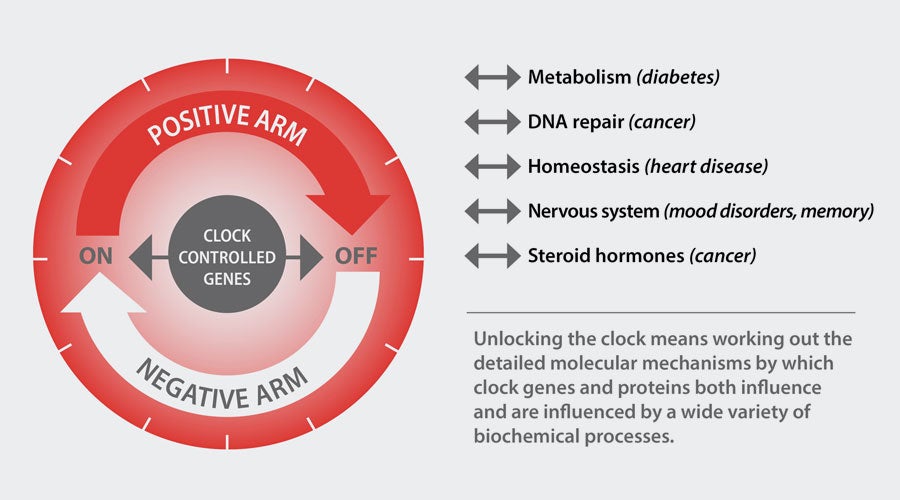
In plants, flowering is controlled by the length of days. The molecular mechanisms are not understood, but it’s clear that plant sensors detect the quality of the available light, which in turn interacts with the plant clocks, which in turn control 5 or 10 percent of the genes in a plant. If we did understand, might it be possible to alter the clock mechanisms so we could get plants to speed up fruit and seed production, to produce harvests two or three times a year? Or would we be able to move plants from one region, for example the tropics, and get them to function properly in colder regions, where the available light is less?
There is also evidence that the clock plays a role in how bees and other insects, migratory birds, and perhaps other animals find their way home. In some way, the clock seems linked to the ability of such creatures to sense the earth’s magnetic field and use it to navigate or orient themselves spatially. The Monarch butterfly is one such species, and one of its clock genes is quite similar to human clock genes. Might humans, too, have a dormant ability to sense the earth’s magnetic field?
The clock might well be one of the fundamental secrets of life itself.
Laboratory mice bred with no clock genes can still function, but they get cancer or have other abnormalities—their DNA repair mechanism doesn’t work. Is that why night shift workers and pilots or stewardesses who fly international routes have a higher incidence of some kinds of cancer? Experiments with mice prone to breast cancer have shown that continued disruption of normal sleep cycles accelerated the development of tumors. So there is at least some cause for concern in people with family histories of breast cancer.
Could we manipulate the clock as a way to improve cancer treatment? We don’t know. But we do know that DNA repair works differently at different times of day, which suggests that radiation or chemotherapies would be most effective if given when DNA repair is least active.
The clock also influences our basic metabolic processes—the way our bodies break down the organic matter and harvest energy from the food we eat and then use that energy to construct proteins and other components of cells. But it works the other way too—fasting for a period, then eating helps to reset the clock. Fasting, or very low calorie diets, are also known to slow down the aging process—which is controlled by the clock. Could we instead simply reprogram the clock—if we understood its mechanisms in greater detail—to slow aging directly? We don’t know, but the possibilities are more than intriguing.
Potential applications aside, research doesn’t get much more basic than this. The clock might well claim to be one of the fundamental secrets of life itself. At the very least, understanding the chemistry of living cells means understanding the clock that orchestrates when and often how that chemistry functions.
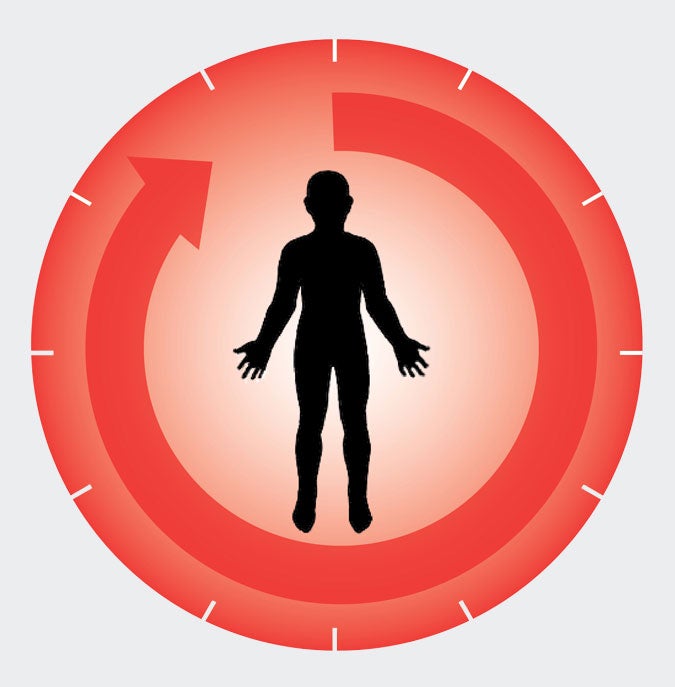
How to Unlock the Clock Mechanism
To understand how the clock works and to answer a myriad of questions about practical applications will require systematically mapping the clock mechanisms in different human tissues and at different times of the day. Then scientists can begin to work out how clock proteins interact with clock genes and other proteins both chemically and structurally. Equally important is investigating the signaling mechanism by which the central clock synchronizes the individual cellular clocks, so that they all work together in rhythm with the earth’s rotation. Another approach is likely to involve screening millions of small molecules to identify those that can alter the clock’s periodic rhythm or increase/decrease the amplitude of clock oscillations. Such molecules could be used as tools to help study clock mechanisms as well as suggest potential candidates for future drug development.
To discover the precise molecular mechanisms by which proteins, metabolic compounds, and signaling chemicals sustain and regulate the clock will require a wide range of scientific talent—in genetics, in protein mapping and structure determination, and in protein biochemistry. It will require working first with model organisms such as fruit flies or mice, then seeing whether the same mechanisms are present in people. And then eventually, it will also require clinical investigations to use that knowledge to strengthen, correct, or fine tune the clock—to devise new therapies in people or more productive crops or new ways to control harmful bacteria.
This is not a small project. It will require equipment, but even more it requires building up the needed scientific talent, sustaining research groups at multiple universities over at least a decade. Estimates are that $100 million and 10 years of effort are needed to make significant progress—well beyond a normal research grant. A project such as this also does not fit well with funding mandates focused on specific diseases. In effect, the project requires doing for cellular biology what the genome project did for genetics—which is not surprising, given how central the clock is to life itself. By the same token, however, the fundamental knowledge gained is likely to have profound impacts on our ability to solve problems in human behavior and health and indeed, in all other living organisms as well. And maybe in the end we will also understand why we are clockwork mechanisms, why life keeps time to the earth’s rhythm.















